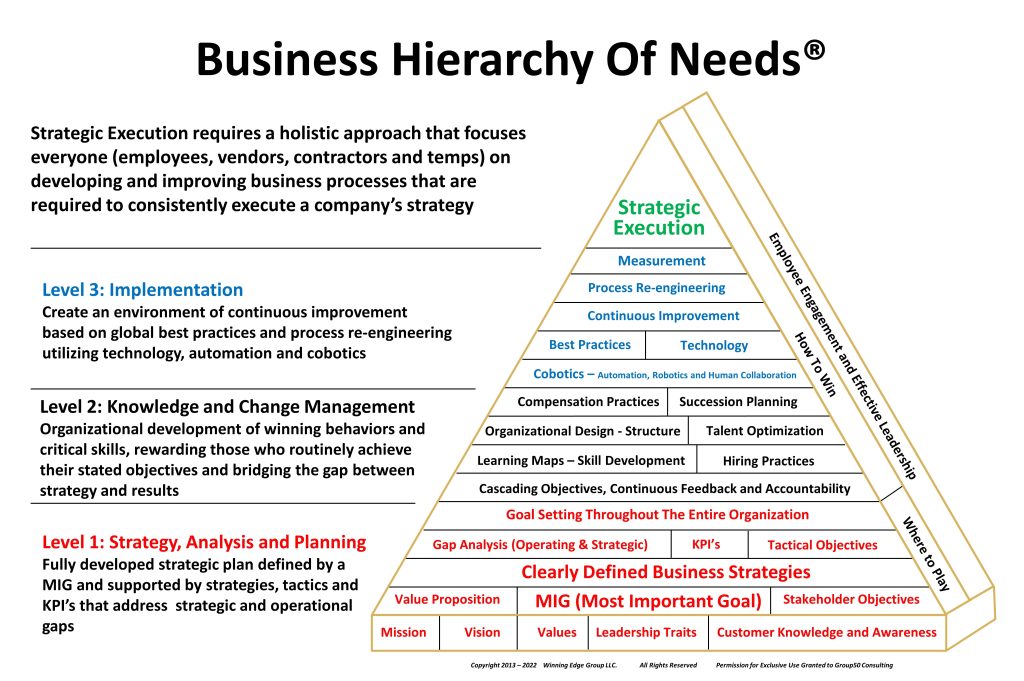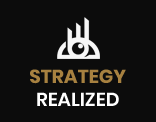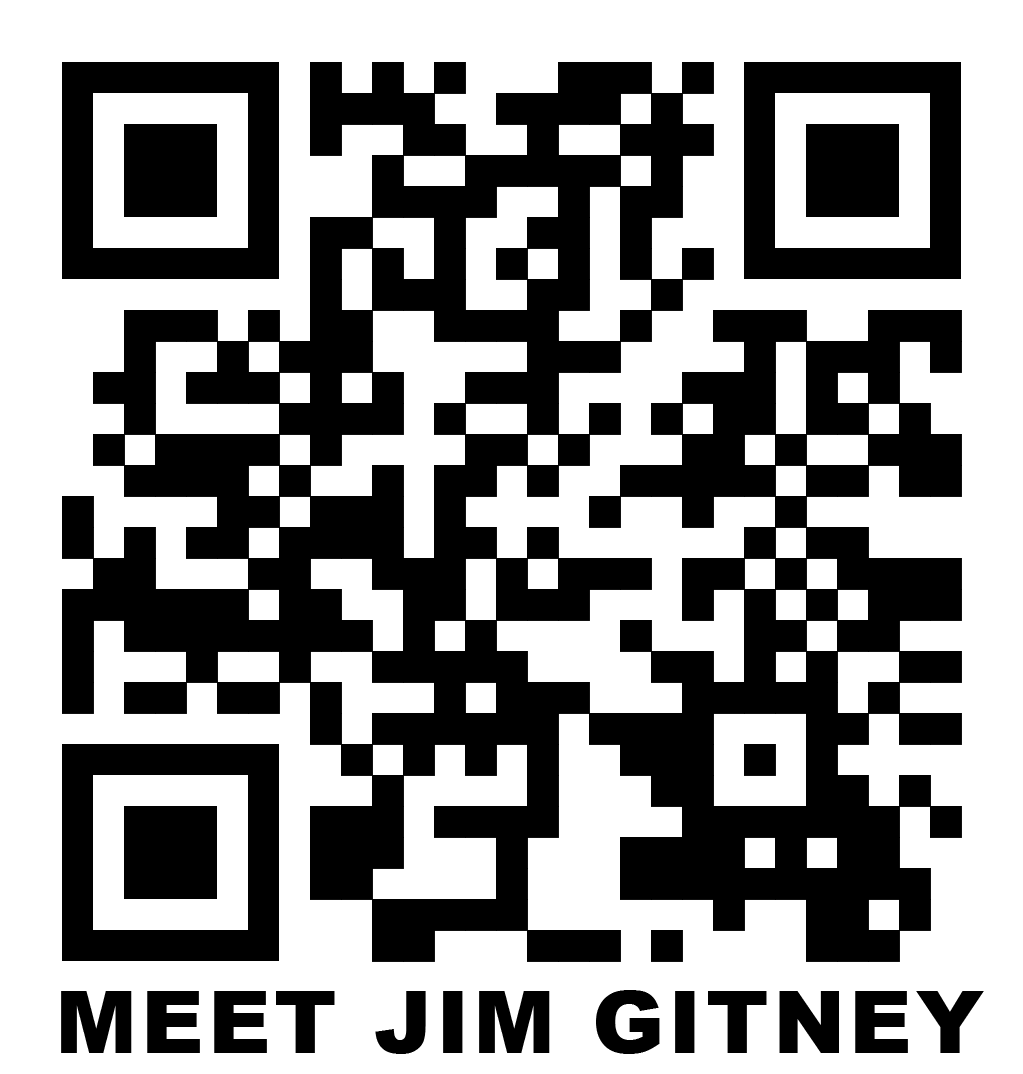
The Business Hierarchy of Needs® can be applied to any organization, business, division, or function in a business. I can confidently make this statement because all elements apply to any team of stakeholders who are trying to add value and deliver it to an internal customer, external customer, or a constituency. The level of detail and sophistication required for application is dependent on the complexity of the company’s strategy, the MIG, annual revenues and the number of people in the organization. It should be applied to every business whether they are $5M per year in revenues or $5B. If a company wants to be successful, the Business Hierarchy of Needs® is the framework with which they should work. There are some cases where the Business Hierarchy of Needs® is more important and increases in value. If works extremely well for the following unique business activities:
Business Lifecycle
Every business will see lifecycle changes during its existence as shown below.

Each of these lifecycle changes will have unique MIGs and strategies. It is important that a company do an analysis on its industry, the company, and its products to understand the lifecycle stage of its business. Think about buggy whips. In the 1800’s it was estimated that there were over 40 buggy whip manufacturers and today there is only one. Much like typewriters, PDA’s, Overhead projectors, VCR’s, paper roadmaps, and phone booths, the companies who made them have had to significantly change their strategies and business models which included restructuring, harvest, and re-design. Movement from one stage to another requires a redesign of their Business Hierarchy of Needs®.
Mergers and Acquisitions
Mergers and acquisitions seldom deliver the added value contemplated in the deal justification. Several studies indicate that as many as 80% of mergers and acquisitions do not create the anticipated incremental value. The ineffective combination of different business strategies, cultures, people, markets, products, operating systems are the prime contributors to this result. The Business Hierarchy of Needs® provides a framework for getting a synchronized approach to combining the entities and creating one culture and adding significantly more value.
Carve outs
Carve outs create a brand-new entity that will have a Business Hierarchy of Needs® that is different from its former parent organization. It provides the change management framework that gives the new entity the ability to define itself, its value proposition, MIG, supporting strategies, systems, organization structure and implementation plan.
Digital transformation
According to Forbes, a staggering 70% of digital transformations fail. This is because digital transformations have the biggest impact on people, process, and technology. If not planned properly, these transformations will hit roadblocks that are difficult to overcome. A digital transformation relies heavily on Level 2 and Level 3. The Business Hierarchy of Needs® provides the recipe of elements that are required to make digital transformation successful.
Restructuring
There are times when even the best laid plans go awry, and the business is forced to be restructured. This is a strategy that should be driven by a MIG that measures the success of the restructuring. All elements of the Business Hierarchy of Needs® apply here. Level 2 plays an oversized role in this type of strategy because people are more affected by the restructuring strategy and are required to significantly change what they do and make tough decisions on how the business will be reshaped.
Bankruptcy
While restructuring is painful, bankruptcy elevates that pain. The business has failed and is forced to take drastic actions which often includes restructuring on a gigantic scale. During the legal battles that often accompany bankruptcy, the business and organization are in limbo. That is the time that the company needs to develop its unique Business Hierarchy of Needs® model for when it emerges from bankruptcy in its new form. Things will have changed drastically, and all stakeholders need to be in alignment and agreement on the company’s new direction.
Inflection Points
In the technology section we discussed inflection points. If you remember, I stated that an inflection point is where a company has outgrown its existing organization structure and technology backbone and is beginning to see deteriorating business performance as shown in the next figure.

Sales slow, service levels deteriorate, and financial performance suffers. This usually happens when a company doubles in size and requires a redesign of the business model. The Business Hierarchy of Needs® once again is an extremely useful tool for plotting the future state of the company positioning it to double again. You can get a better definition of the types of changes that are needed at various sales levels here.
Entrepreneurs
In my many dealings with entrepreneurs, I have found that they tend to run everything in their head. Unless they came from a corporate background, the Business Hierarchy of Needs® may seem foreign, too complex, and not for a small business. Entrepreneurs should think again about that. All the elements of this framework apply, even if only for the purposes of planning the future success of their business. This is especially true for Level 1 where it is important to establish a MIG and create their strategic model using “Where to Play” and “How to Win”. The rest of the elements will come into play as the business grows, so if they keep those elements in mind, growth will be much easier to manage.
Exit Planning
I have been involved in many exit planning sessions with owners of companies. They usually decide on a moment’s notice that it is time to exit their company, and we are seeing the largest transfer of ownership in history. The Business Hierarchy of Needs® applies to them as will, but with a twist. Owners of companies need to have their own personal MIG as a stakeholder that is focused on what they want from the transfer of their business to new ownership. That may be to cash out, have a small liquidity event, stay involved in the business on a part time basis or guarantee defined cashflows for the rest of their lives. I hope you can see where each of these MIGs will have a significant impact on the MIG of the company and its strategies. Once I understand an owner’s MIG, it is much easier to build and implement a business strategy that will be tied to their Most Important goal.
As you can see, the Business Hierarchy of Needs® as a tool has many applications to the development of a business strategy and its implementation. If nothing else, it provides a leadership team with the necessary list of considerations for developing and implementing strategy.
About the Author:
Jim Gitney has over 45 years of operating experience in both corporate America and as the CEO of Group50® Consulting. He learned his trade with companies such as GE, Stanley Black & Decker, Sunbeam and over 200 companies during the last 18 years of consulting ranging from startups to multibillion dollar publicly traded companies. Having held positions in leadership his entire career on boards of directors, the C-suite, manufacturing, marketing, engineering, quality and a host of other functional organizations. During that time, he always that a lack of alignment and agreement throughout the organizations he worked with as well as poorly executed technology and business processes were always the common denominator. Jim created the Business Hierarchy of Needs® in 2013 and has used it as the framework for designing and implementing strategy since then with great success. Strategy Realized – The Business Hierarchy of Needs® is his effort to collect the key learnings from the last 35 years and share them with you as a process for turning strategy to results.

